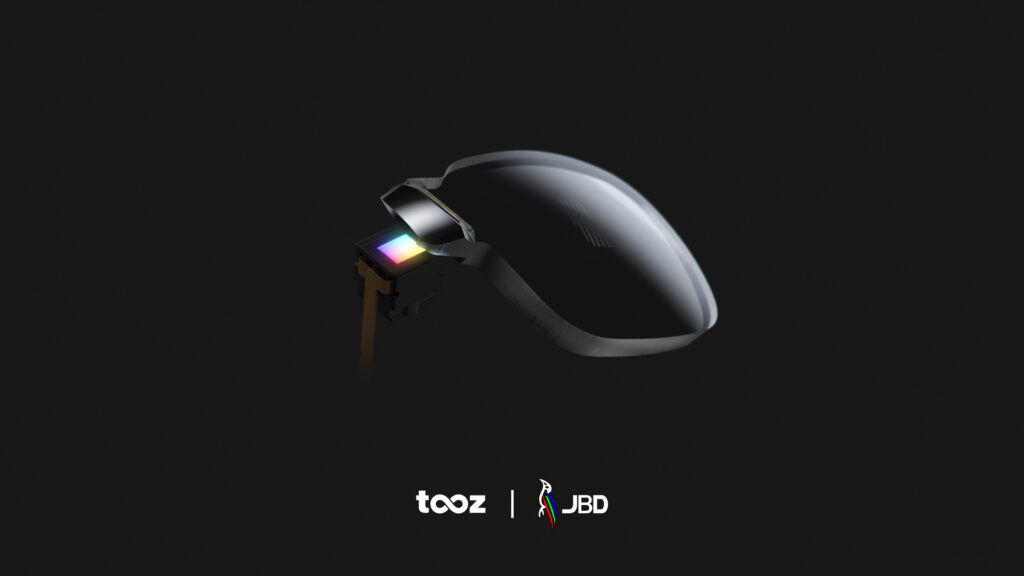Smart glasses get smarter

What happens when you put two superior optical technologies together? In the case of smart glasses you get bigger, brighter and less blurry. Kingsman-style smart glasses have been available for more than a year now but they typically have flat glass lenses which are difficult to adjust for the 50% of the adult population who […]